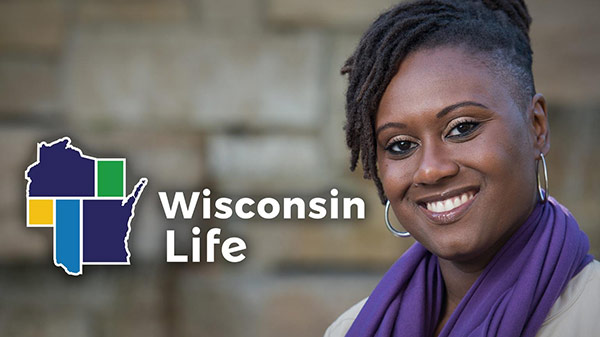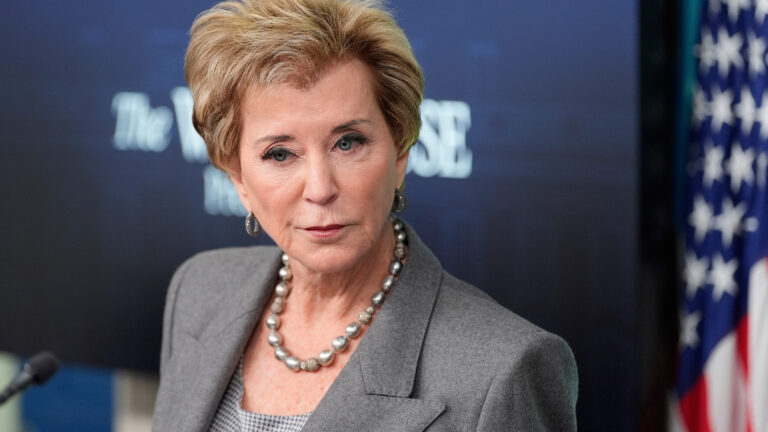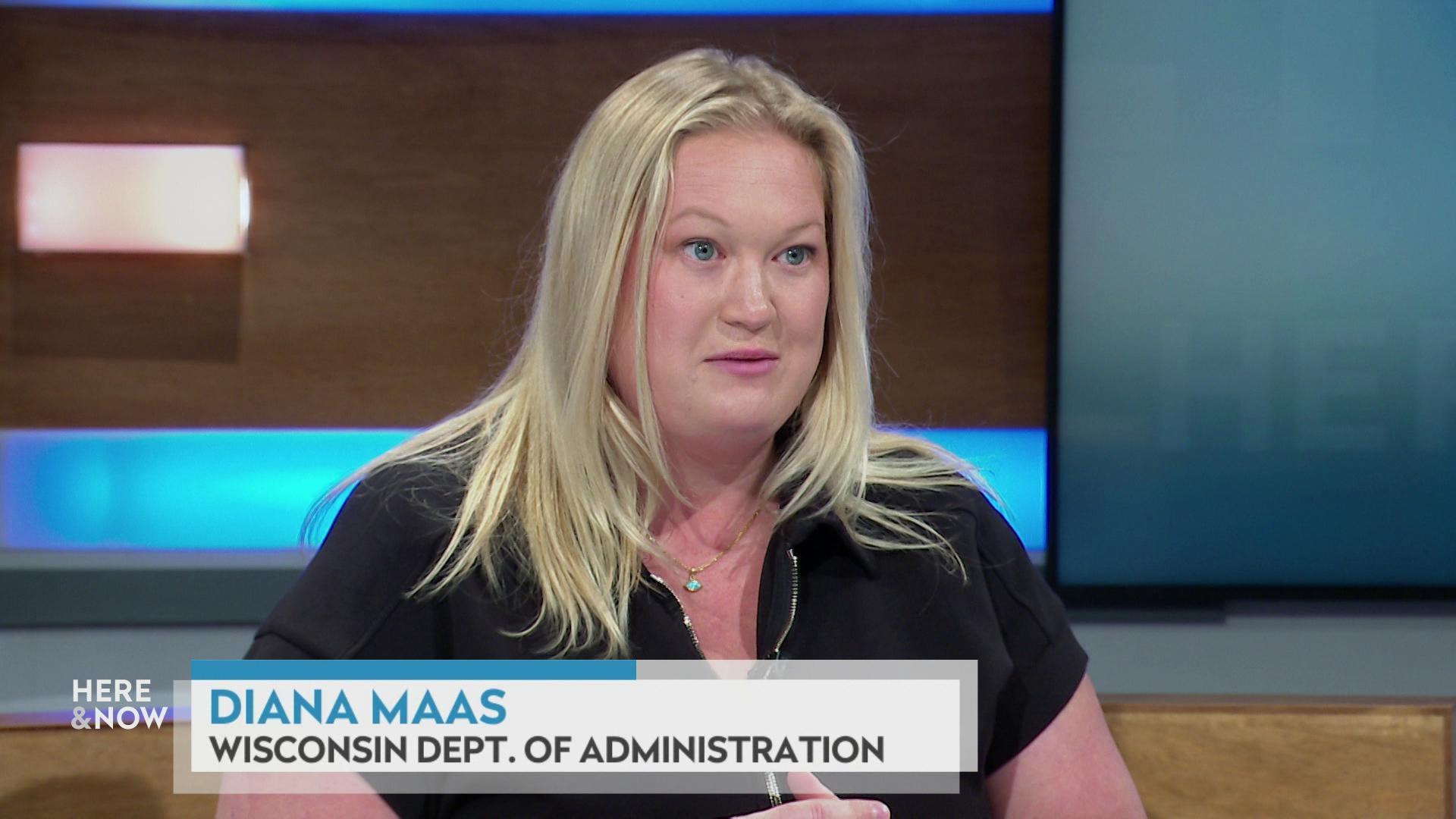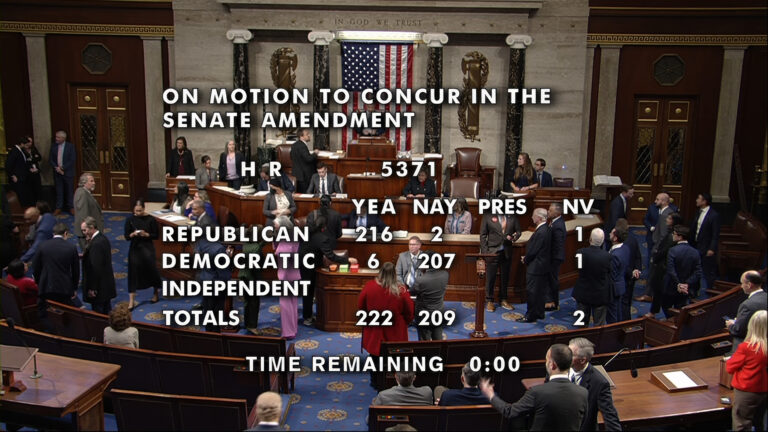Lead levels and cleanup costs are high in Milwaukee schools
Multiple schools in Milwaukee have had closures due to lead contamination, and costs of cleaning up paint and replacing water pipes is one element in the politics of Wisconsin's 2025-27 state budget.
By Nathan Denzin | Here & Now
April 10, 2025 • Southeast Region
“It’s about doing what’s best for kids and families — simple as that,” said Wisconsin Gov. Tony Evers, a Democrat, in his seventh annual State of the State Address.
Evers declared 2025 would be the “Year of the Kid” in Wisconsin, and part of that declaration was over $300 million in his biennial budget proposal that would go toward lead remediation across the state.
“There is no safe level of lead exposure for kids,” Evers said.
“Lead is the one — lead is the serious one that really hurts kids,” said Marty Kanarek, an environmental epidemiologist and professor at UW-Madison who has studied lead and lead poisoning for nearly 50 years.
“A little kid exposed to lead doesn’t grow as fast, doesn’t reach developmental milestones as fast. It affects behavior. It causes hyperactivity, attention deficit, bad behavior, disorderly conduct, lack of concentration. It affects hearing. It affects speech,” Kanarek explained.
Lead exposure affects everyone, but children from birth to about 6 years old are at particularly high risk.
There are many ways to get lead poisoning. Two of the most common are from inhaling lead dust from deteriorated paint or from lead pipes carrying water. Once the toxin is in the body, it can be stored in bones for more than 25 years. And in some communities, it can be hard to escape.
“Milwaukee is like its own state on lead,” said Kanarek.
“I think 62% of lead poisoning cases in children are from Milwaukee throughout the whole state,” said state Rep. Ryan Clancy, D-Milwaukee.
Clancy represents Assembly District 19, which includes the area around Trowbridge School, an elementary school that temporarily shut down in March after dangerously high levels of lead were found.
“Almost every MPS school and many schools across the state were built before 1970. They almost certainly have lead paint in them” he said.
So far in 2025, seven buildings in Milwaukee Public Schools have had concerning levels of lead found in them following investigations by the city.
“That probably is the tip of the iceberg here,” Clancy added.
Trowbridge was the first to temporarily relocate students, but three more temporarily shut down after health officials found nightly remediation work was unsafe. In some instances, lead paint chips were within arms reach of a child’s desk.
Another three schools were able to complete emergency remediation without relocating students. Meanwhile, the city is offering lead screening clinics for students at seven locations.
One of those locations is Golda Meir School-Lower Campus, which covers third through fifth grades.
“My child is a third grader at Golda Meir-Lower Campus,” said Kristen Payne, founder of Lead Safe Schools MKE, a parent-led group seeking to ensure lead remediation in the city. “On Jan. 13, we received a letter from MPS and the Milwaukee Health Department alerting us that there had been a lead-poisoned child at the school and the source of that lead poisoning was our school.”
Payne was shocked when the City of Milwaukee Health Department released pictures from inside the school. The photos in a city report show cracked and flaking paint, and a large amount of lead dust on window sills and floors. Emergency remediation at Golda Meir was done while children were still attending class in the building.
“I’m deeply concerned about sending my child into an environment that is not safe,” Payne said.
While Payne said she is frustrated with how the school district’s leaders have handled remediation, the buck ultimately stops at the Wisconsin Legislature.
“The defunding of our public schools is sort of a longer kind of trajectory of how we got here, right? That there just hasn’t been adequate money for staffing,” she said.
“The costs to remediate even lead paint from schools are extreme,” said Clancy, who estimated that a single classroom could cost up to $20,000 dollars to remediate.
Replacing lead water pipes can cost even more.
“You can’t ask a school to say how many teachers will you fire in order to do lead remediation,” Clancy said.
“It’s not something that we can defer — and if we do choose to defer it, it will have serious consequences for our communities,” said Payne.
“Making sure our kids are healthy physically and mentally is a crucial part of improving outcomes in our classrooms,” Evers said in his 2025 State of the State Address.
The governor’s proposals can be broadly broken down into two categories: remediation for lead-painted windows and for lead pipes. For window remediation, Evers is asking for $100 million plus two full-time positions for a program that replaces lead-painted windows. To tackle lead pipes, his ask includes more than $200 million to fund replacement efforts.
“You’ve got not just a classroom, you’ve got not just a school — you’ve got multiple schools shut down, so that creates this wave of chaos behind it,” said state Sen. Chris Kapenga, R-Delafield. “Number one, there needs to be accountability to MPS, because the parents are upset about it, local elected officials are upset about it.”
At the state Capitol, Assembly Speaker Robin Vos, R-Rochester, has said Evers’ entire budget proposal is “dead on arrival” for a fourth consecutive biennium, making it difficult to know how much of this funding will be passed.
“The Legislature will most likely just create their own budget — and we always have the governor lay out a budget, and it’s his wish list,” said Kapenga.
He added that Milwaukee Public Schools first needs to figure out what went wrong before the state commits to sending more money to the district.
“We want to find out why this happened so that it never happens again,” he said. “So, the new superintendent of schools should be the one that says this is important to us.”
Realistically, Kapenga said Evers’ entire proposal won’t get funded, but he still isn’t sure what the Legislature will propose yet.
“That is a big question that cannot be answered in a political soundbite, because we haven’t done the work yet to understand what’s needed,” said Kapenga.
But Clancy and Payne said even the full amount proposed by Evers wouldn’t have been enough to remediate all the lead in Wisconsin.
“I’m grateful that there’s some money in the state budget — for now, right, Evers’ recommended budget — but even that’s not enough,” said Clancy.
Payne pointed to a figure of $221 million “just for lead hazard control.”
“We’re estimating somewhere between $600 million and $1 billion. We should be starting there in the budget,” Clancy said.
“It’s just a question of money, of political will to give the money to do the job,” said Kanarek.
Even if the initial cost is high, everyone agrees something needs to be done to keep students safe.
“This is going to have to be a priority, because we can’t educate our kids if they can’t be in the classroom,” Kapenga said.
“Every dollar that is spent on that means an improvement in the quality of life for folks all across the state,” said Clancy.
“It’s a losing argument to not focus on lead eradication,” said Payne.
“The research is exquisite in showing that every little bit of lead hurts kids’ brains,” Kanarek said.
Editor’s note: This report has been updated to reference Kristen Payne’s role as founder of Lead Safe Schools MKE.
 Passport
Passport











Follow Us